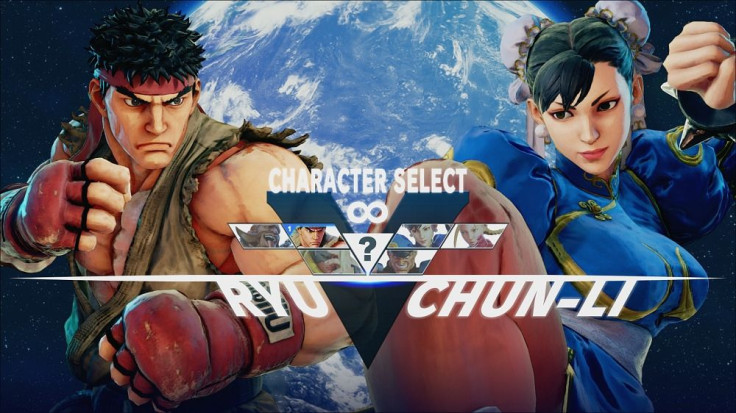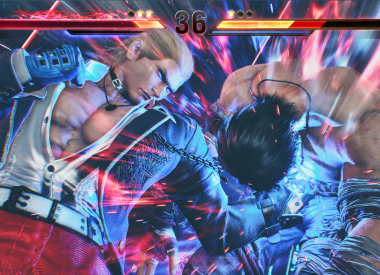Street Fighter V is now available for PS4 and PC but the latest installment of the cherished Capcom franchise has added a few wrinkles into the battling system that has become a staple of fighting games for decades.
V-Skills and a V-Trigger add new ways to fight in Street Fighter V and players will need to learn how to utilize each character’s unique skills/attacks.
However, as with any new mechanic in fighting games, players need to understand what they are and how they work to get the most out of your experience.
We’ve compiled this fighting guide for Street Fighter V for anyone who wants to gain an advantage over an opponent (which is everyone who plays, right?)
BASICS
Street Fighter V keeps its patented six-button attack fight system: three punches and three kicks that are classified as Light, Medium and Heavy. And every attack can be classified as high (performed in the air), mid (performed while standing) or low (performed while crouching.)
The best combinations in Street Fighter V (and many fighting games, for that matter) utilize a mix of different attack types to keep your opponent guessing. Keeping your opponent from blocking every attack is crucial and can help close-range playstyles come out on top.
BLOCKING
The blocking in Street Fighter V is rather simple. Hold back on the controller to block an incoming high or mid attack and hold down back to block an incoming low attack.
Just as the aggressor is trying to mix up their different punches/kicks, the defender needs to correctly predict where their opponent is going with the correct block. High attacks can be blocked while standing, or evaded by crouching. Mid attacks must be blocked while standing only. Low attacks must be blocked while crouching only.
Blocking a normal move takes a small amount of recoverable damage to your life bar, which gradually recovers over time when you stop blocking. However, If you’re hit while you have recoverable damage, you lose all that life. Soif you find an opening to put some distance between you and your opponent to give your life bar time to recover, do it.
Special moves, however, will deal chip damage that cannot be recovered. So keep that in mind. However, blocking a special move normally leaves the opponent open for a counterattack so look out for that.
It should be noted that chip damage will not lose you the round. But if you are blocking during a Critical Art, the chip damage from that finishing move will defeat you.
THROWING/THROW ESCAPE
Pressing Light Punch and Light Kick at the same time when close to your opponent will perform a Throw. This is a great way to play some mind games with your opponent as they try and predict a block. This can’t be blocked or guarded but there is a Throw Escape you can perform.
By pressing Light Punch and Light Kick before your opponent performs their Throw, you can Throw Escape. This maneuver needs precision timing.
RECOVERY
After being knocked down by an opponent’s attack, you can recover by inputting a direction OR by pressing two or more Punch or Kick buttons at the same time. This allows you to jump right back up so you won’t give your opponent time to unleash another attack or combo.
You’ll need precise timing to perform but once mastered, your recovery can turn the tide of battle.
EX GAUGE
This meter is found directly below the V-Gauge on the bottom of the screen and has three stocks till it reaches its max. The EX Gauge fills when your attacks hit the opponent. Each stock of the EX Gauge can power up your special attacks.
At the cost of one stock, you can execute EX moves by performing a Special Attack motion, and then press two of the corresponding Punch or Kick buttons at the same time, instead of just one button.
Once the EX Gauge reaches MAX, or three stocks, you gain access to extremely powerful Critical Arts. Unlike the V-Gauge, which we will get to later, unused EX Gauge carries over to the next round of a match.
So survey the situation you’re in and determine whether to use that last stock of EX Gauge to potentially win a round or save it for the next one.
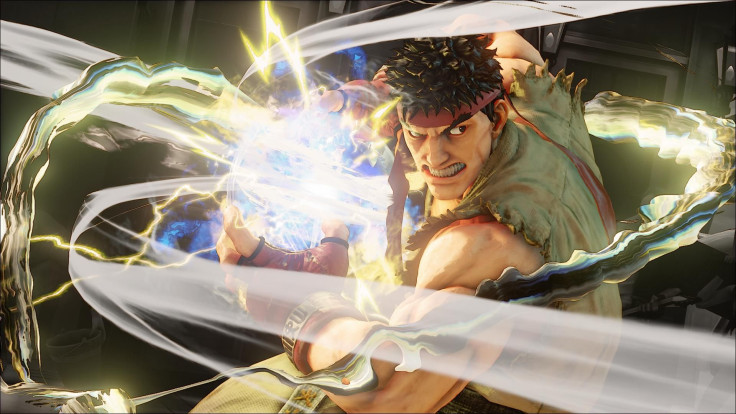
CRITICAL ARTS
The most powerful attacks in the game, Critical Arts require a maxed out EX Gauge and can deal massive damage. This attack will also deal a lot of chip damage and can even give you the victory if the opponent is blocking.
Each fighter has a different Critical Art so experiment with each to find when each Critical Art should be used.
VARIABLE SYSTEM
The latest addition to the Street Fighter battle system, the V-System (or Variable System) gives each fighter a flavor of their own beyond just their fighting styles.
Because, as with many fighting games, some fighters are comparable to others. But the Variable System allows for new ways to battle with your favorite fighters. Each fighter has a different V-Trigger, V-Skill and V-Reversal that can augment strengths and cover innate weaknesses to a character.
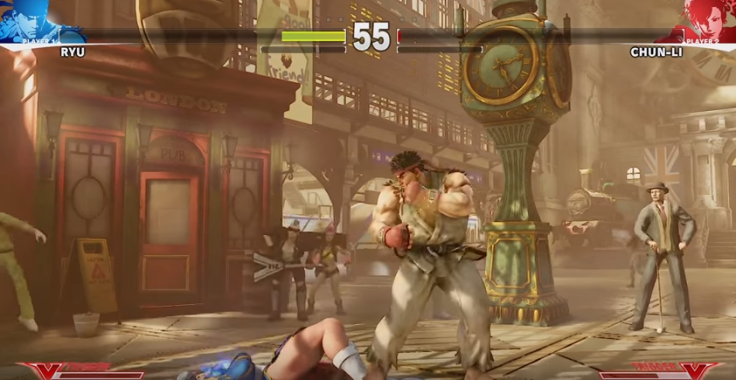
V-Gauge
The V-Gauge is the opposite of the EX Gauge. The V-Gauge fills as you take hits as opposed to dealing them. It's located at the bottom of the screen
Every character in Street Fighter V has a different number of V-Gauge stocks that you can use so be sure to make note of your preferred fighter’s stock number. You’ll need each stock to perform the three different V attacks.
Also, you should note that the V-Gauge does not carry over to the next round so use it as often as you can.
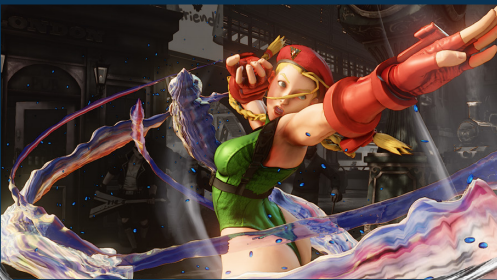
V-Trigger
Pressing Hard Punch and Hard Kick at the same time when your V-Gauge is at MAX unleashes a character specific action. The V-Trigger can be a super special attack, a teleport a transformation/power-up or something else.
The V-Trigger can easily turn the tide of battle and help you make an improbable comeback.
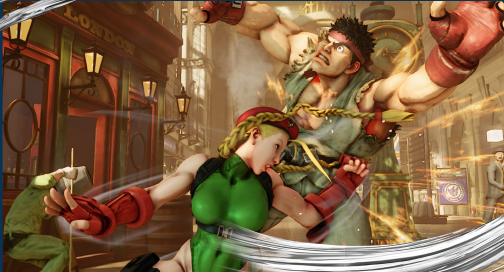
V-Skills
A character’s V-Skill doesn’t need a maxed out gauge but by pressing Medium Punch and Medium Kick at the same time you can perform a utility action that is unique to the character.
Some examples of V-Skills in Street Fighter V are gaining new movement abilities or nullifying projectiles and attacks.
V-Reversal
Press Forward and all three Punch or Kick buttons, depending on your character, while guarding to spend one stock of V-Gauge and release a counterattack. The type of counterattack varies depending on your selected character.
This is a crucial part of the game to get your opponent off your back and deal damage at the same time. But be sure you’re blocking when you perform the V-Reversal, it won’t work if you’re in the middle of being pummeled by your opponent’s combinations.
Master these techniques and you can be a competent Street Fighter V player in no time.

